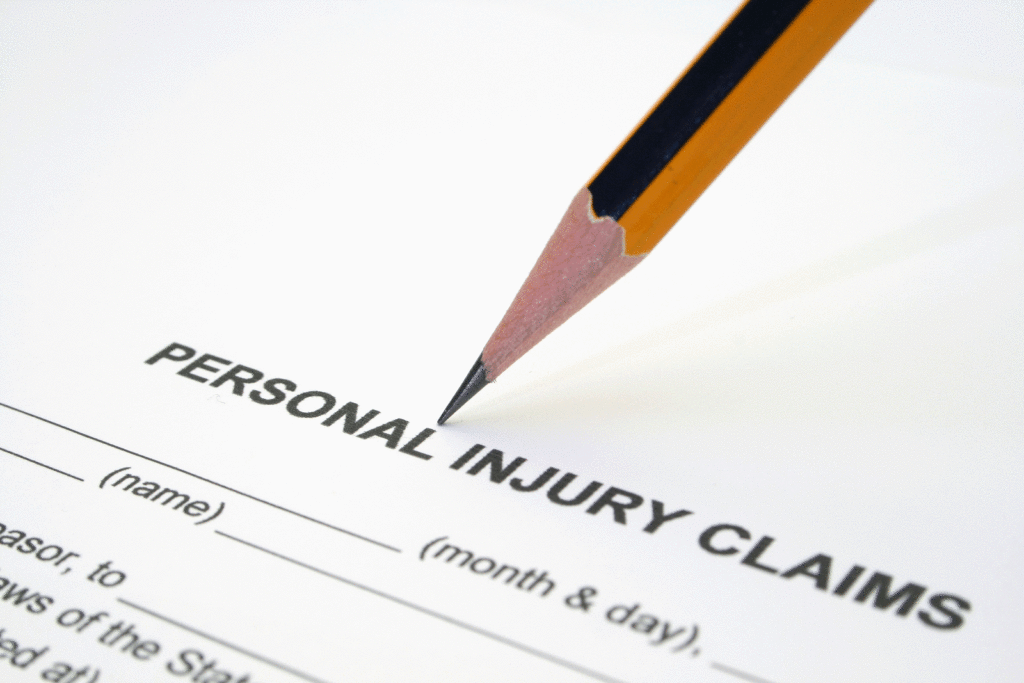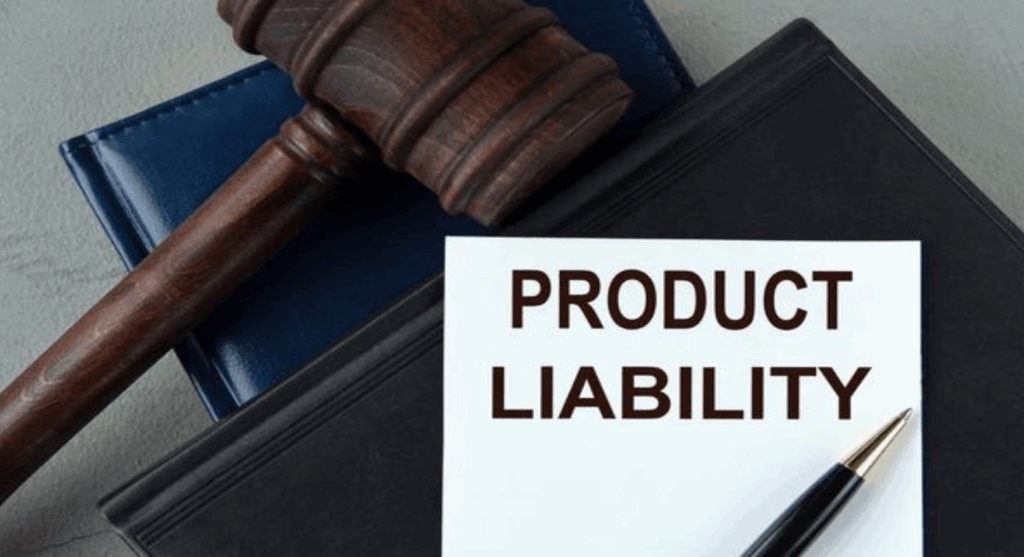Now Reading: When should you file for chapter 7?
-
01
When should you file for chapter 7?

When should you file for chapter 7?
Deciding when to file for Chapter 7 bankruptcy is a critical financial decision that requires careful consideration. Individuals typically consider this form of debt relief when they find themselves unable to repay their unsecured debts, like credit card balances, medical bills, and personal loans. Chapter 7 bankruptcy can provide a fresh start by discharging most debts.
Key indicators that it might be time to know when to file for chapter 7 include exhausting all other debt relief options, facing wage garnishment, dealing with lawsuits from creditors, or having debts that far exceed one’s assets and income. The decision to file should not be made hastily. Prospective filers should consult with a bankruptcy attorney to get a thorough understanding of the implications and process of filing for Chapter 7.
Eligibility Criteria for Chapter 7 Bankruptcy
When considering Chapter 7 bankruptcy, there are strict criteria that must be met. Two key requirements are the Means Test and engagement in credit counseling prior to filing. These requirements are designed to determine whether an individual or business truly cannot pay their debts and to ensure debtors are educated on their options.
Means Test Requirement
To qualify for Chapter 7 bankruptcy, an individual must pass the Means Test. This assessment compares the filer’s average monthly income over the last six months to the median income for a similarly sized household in their state. If the income is below the state median, the individual is eligible.
- Income Higher Than State Median: If the income exceeds the state median, further analysis is conducted. This involves deducting specific monthly expenses from your current monthly income (the “means test calculation”) to find the “disposable income.” The results determine eligibility:
- Low Disposable Income: May file for Chapter 7
- High Disposable Income: May need to file for Chapter 13 instead
- Non-consumer Debts: If the majority of debts are non-consumer, the Means Test may not apply.
Filing Process and Considerations
The filing process for Chapter 7 bankruptcy involves a series of steps, each with its own set of necessary documents and procedures. It’s crucial to understand the timeline and requirements to ensure a proper filing.
Gathering Documentation
Applicants must compile detailed financial records. This includes a list of assets, debts, income, and expenses. They should specifically prove that their income is below the median for their state or that they pass the means test, which is a requirement if the debt level exceeds a certain threshold.
Filing the Petition
Upon gathering all required documentation, the debtor files a petition with the bankruptcy court serving the area where they live. Filing fees, as of the current date, are $338, but applicants can request a fee waiver.
Discharge of Debts
Typically occurring four to six months after filing, the discharge releases debtors from personal liability for most debts. It prevents creditors from taking any collection action on discharged debts. However, it’s important to note that certain debts, like child support and most tax debts, are not dischargeable.










